Cooking is an art, but sometimes we may unknowingly make mistakes that can impact the flavor, texture, or appearance of our dishes. Understanding how to properly cook certain foods can elevate your meals from ordinary to extraordinary. Let’s explore 20 common foods that people often cook incorrectly and learn the best ways to prepare them.
1. Scrambled Eggs

Scrambled eggs are a household breakfast favorite, yet many struggle to achieve that perfect balance of fluffy and creamy. Start with fresh eggs, and beat them gently to incorporate air. Use a non-stick pan over low heat with a bit of butter. Stir continuously for soft curds.
Avoid overcooking by removing the pan from heat just before they fully set. Let them finish cooking off-heat for a few seconds. Serve immediately for the best texture. With these simple tweaks, your scrambled eggs will reach a delightful creaminess that pleases every palate.
2. Steak
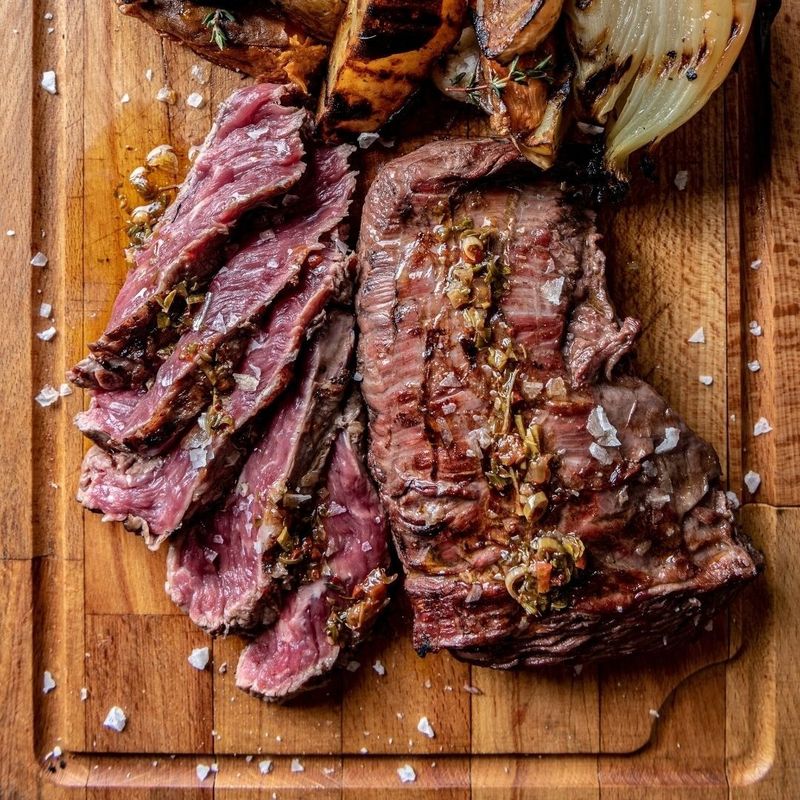
Cooking steak to perfection requires attention to detail. Start by allowing the steak to reach room temperature. Season generously with salt and pepper. Preheat your grill or pan to high heat to create a searing surface. Cook each side for a few minutes, depending on thickness, to achieve a crispy crust.
Use a meat thermometer for precision; aim for an internal temperature of 135°F for medium-rare. Rest the steak for a few minutes before slicing. This process ensures the juices are evenly distributed, resulting in a deliciously tender and flavorful steak.
3. Pasta
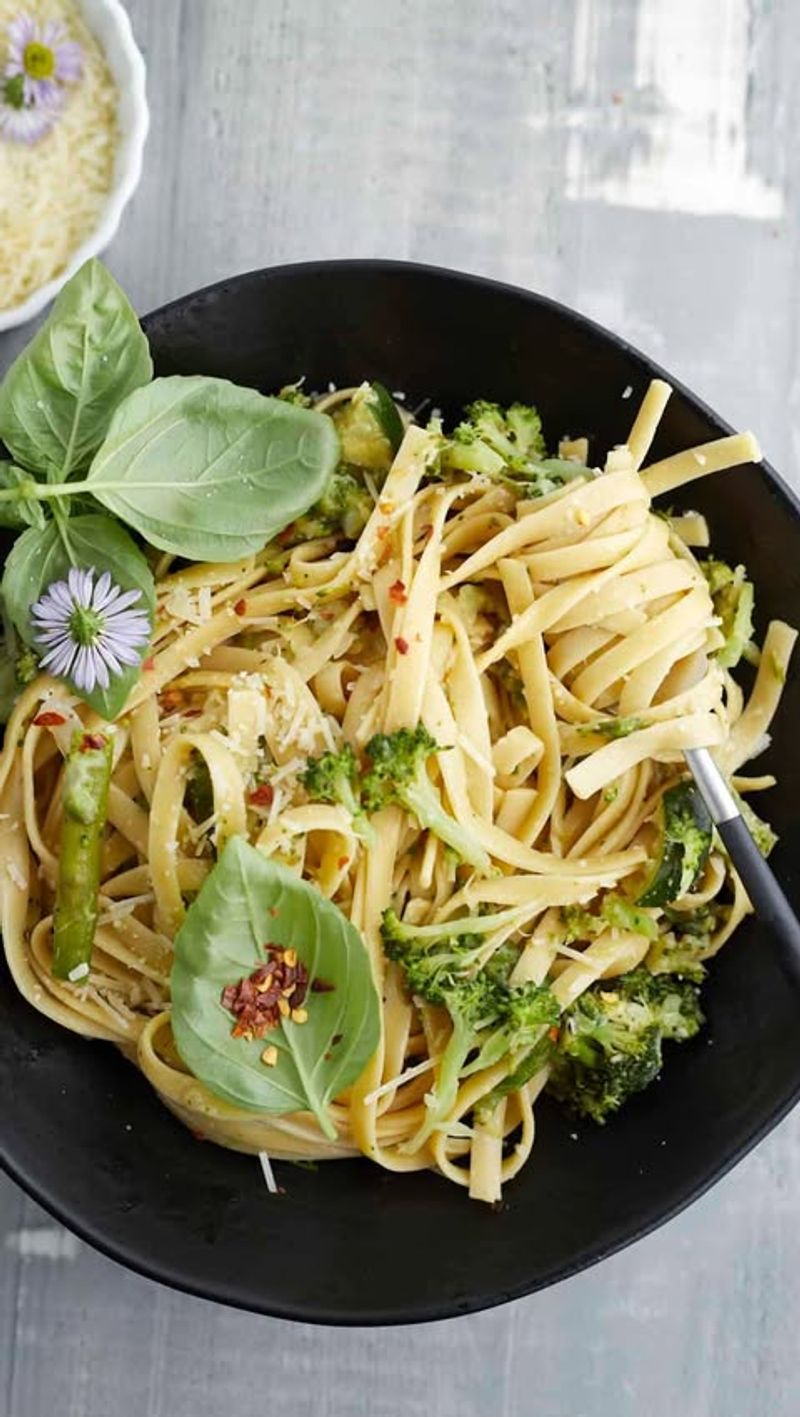
Pasta may seem easy to prepare, but a few key steps make all the difference. Use a large pot of water with plenty of salt—this is crucial for flavor. Add pasta only once the water is at a rolling boil. Stir occasionally to prevent sticking. Check the pasta a minute before the package instructions suggest. Aim for al dente, meaning firm to the bite.
Drain promptly but reserve some cooking water to adjust sauce consistency later. These adjustments will take your pasta from ordinary to professionally done, satisfying every pasta lover’s expectations.
4. Chicken Breast
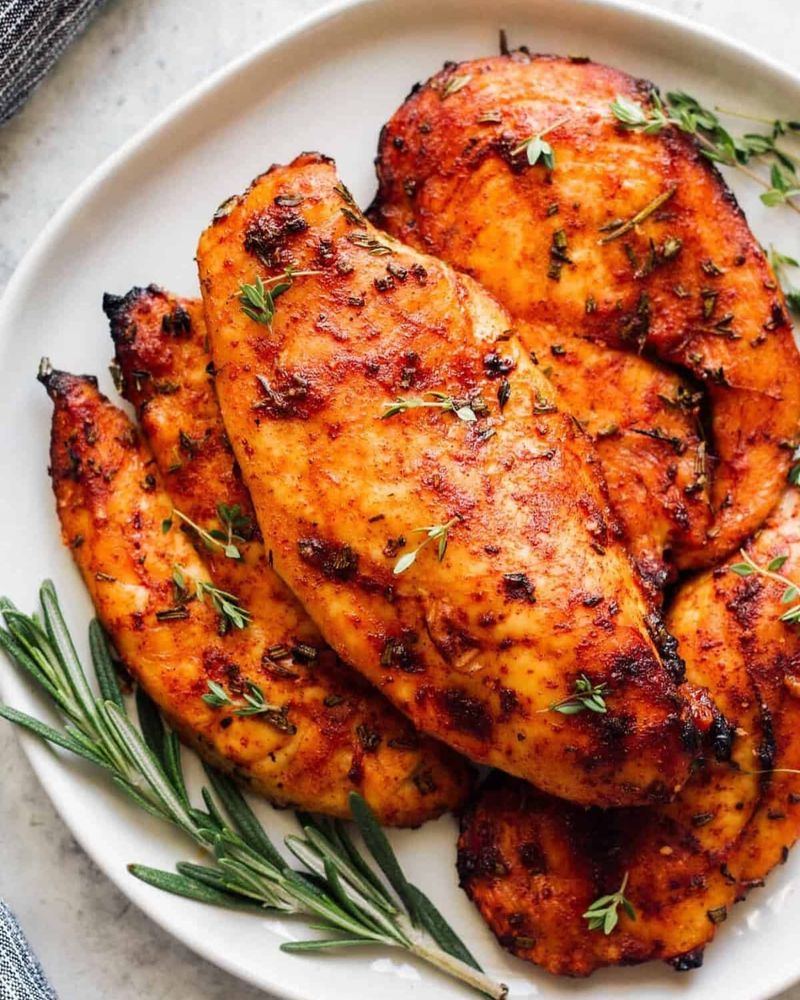
Many find cooking chicken breast challenging due to its tendency to dry out. Begin by pounding the breast to an even thickness. Season well with salt, pepper, and herbs of choice. Preheat your pan over medium-high heat with oil. Cook each side for about 5-7 minutes. Use a thermometer to ensure it reaches 165°F. Let it rest before slicing.
This technique locks in juices, making the chicken tender and flavorful. Avoiding overcooking is key, transforming what can be a bland piece into a succulent, enjoyable dish.
5. Rice
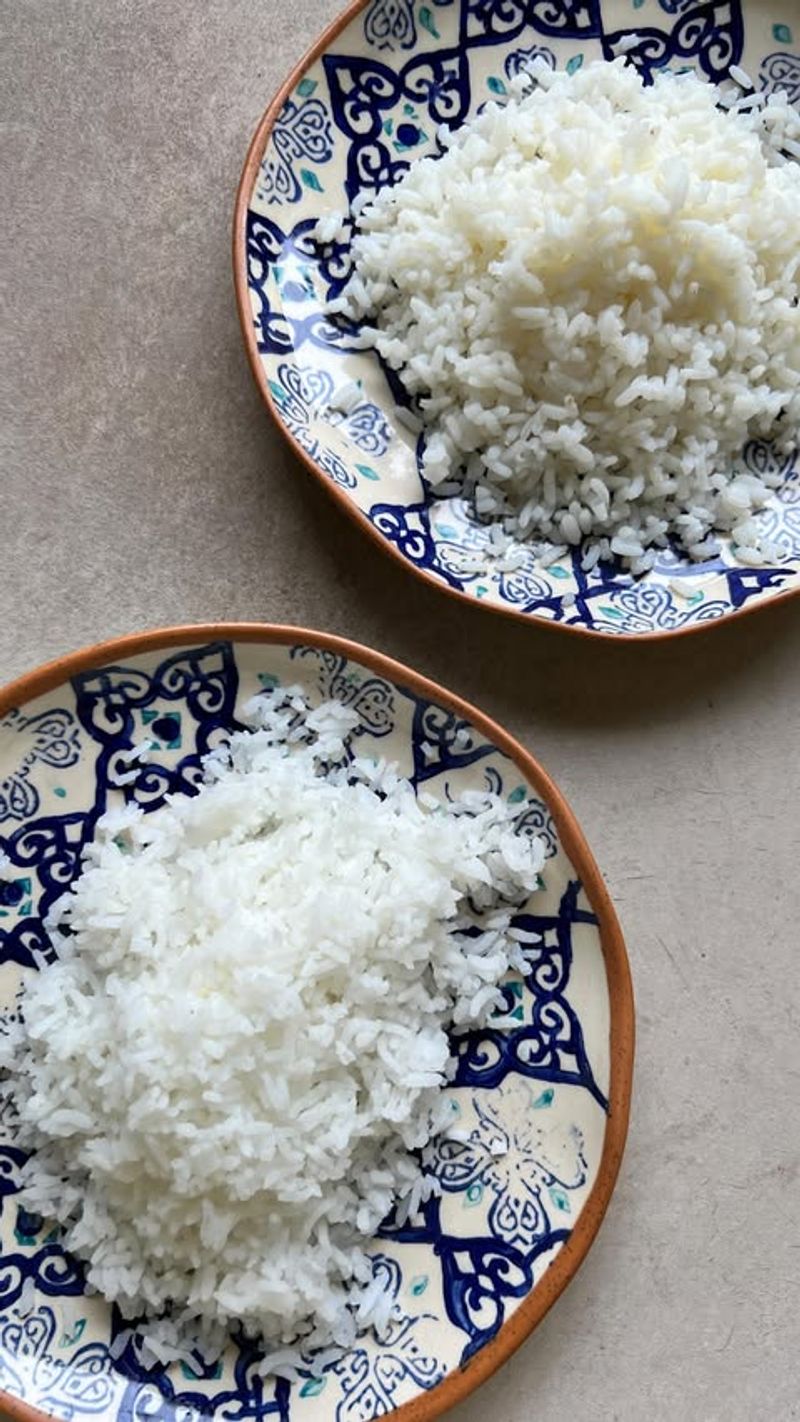
Cooking rice is a staple skill that many overlook. Rinse rice under cold water to remove excess starch, preventing stickiness. Use the proper water-to-rice ratio, typically 2:1 for white rice. Bring to a boil, then reduce to a simmer and cover. Cook without lifting the lid for about 18 minutes. Turn off the heat and let it sit for another 5 minutes. Fluff with a fork before serving. These steps create light and fluffy rice, a perfect accompaniment to any meal, and a skill worth mastering.
6. Salmon
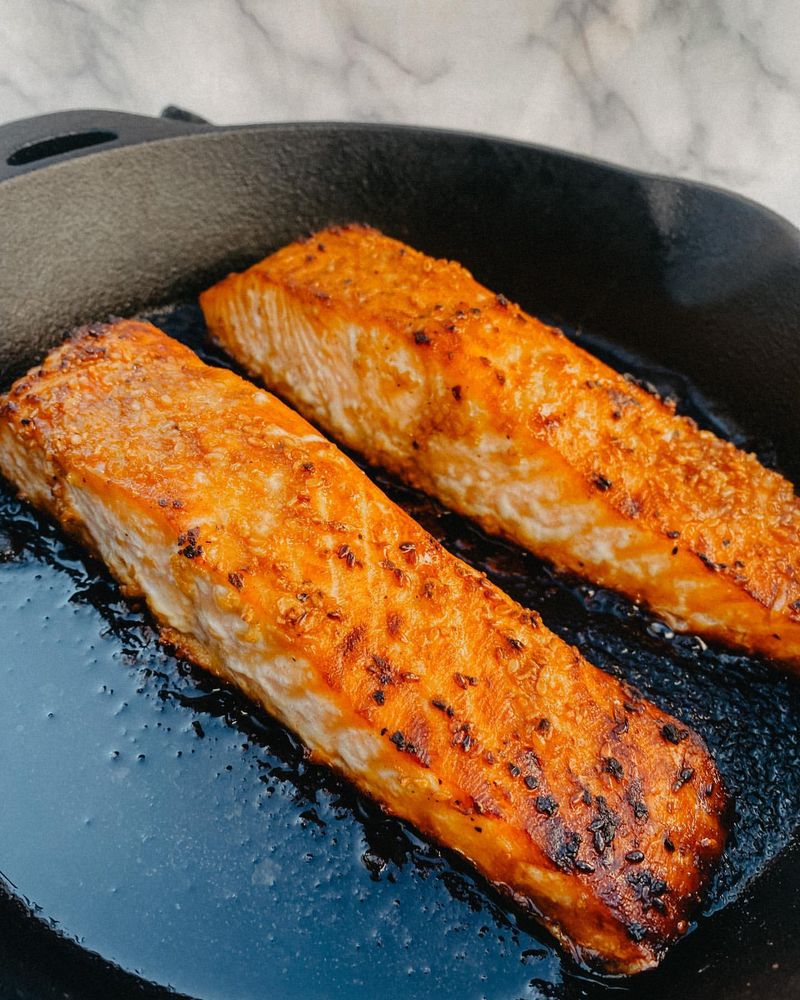
Salmon is a versatile fish, yet many overcook it, losing its delicate texture. Use a non-stick pan over medium heat with oil. Pat the salmon dry, season, and place it skin-side down. Cook until the skin is crispy, then flip for another few minutes. Aim for an internal temperature of 145°F. Let rest before serving.
This method preserves moisture, giving you a flaky, tender result. Pair with lemon and dill for a refreshing finish. Proper cooking enhances salmon’s natural flavors, making it a delightful choice for any occasion.
7. Potatoes
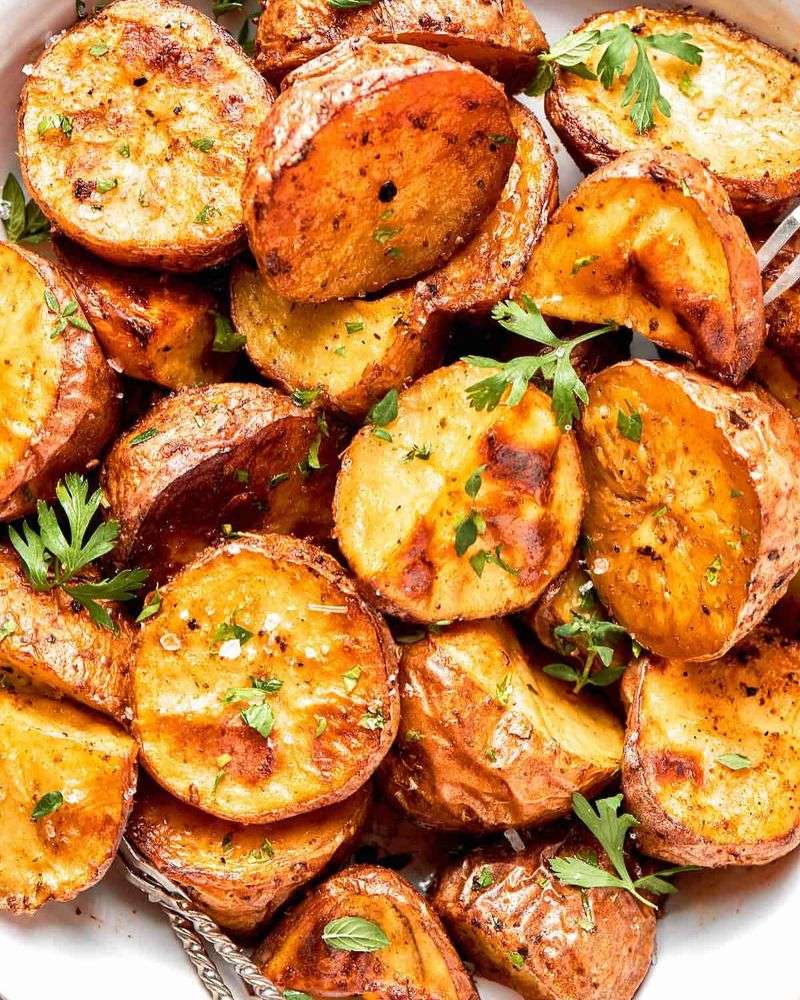
Perfectly cooked potatoes are delightful, yet often they turn out mushy or undercooked. Start by selecting the right potato type; russets work well for baking, while Yukon Golds are great for roasting. Cut evenly for uniform cooking. Parboil for a few minutes before roasting at a high temperature with oil, salt, and herbs. Turning occasionally achieves an even golden crust. These techniques ensure a crispy exterior with a fluffy interior, elevating this humble side dish to a star on your dining table.
8. Pancakes
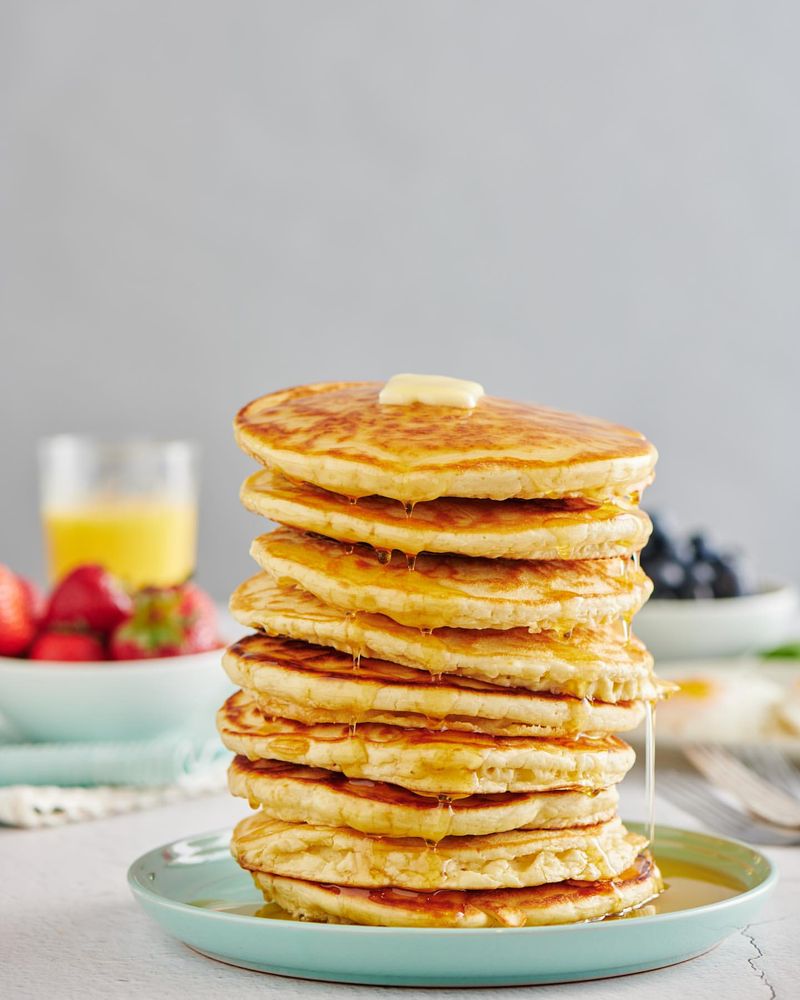
Achieving fluffy pancakes demands precision. Avoid overmixing the batter; lumps are okay. Let the batter rest for a few minutes to relax the gluten. Use a well-heated non-stick skillet, adding a little butter before pouring the batter. Flip only when bubbles form on the surface and edges look set. This approach prevents soggy centers. Cook until golden brown on both sides.
Serve immediately with your favorite toppings. With these adjustments, you’ll consistently produce light, airy pancakes that make breakfast a joyful occasion.
9. Vegetables
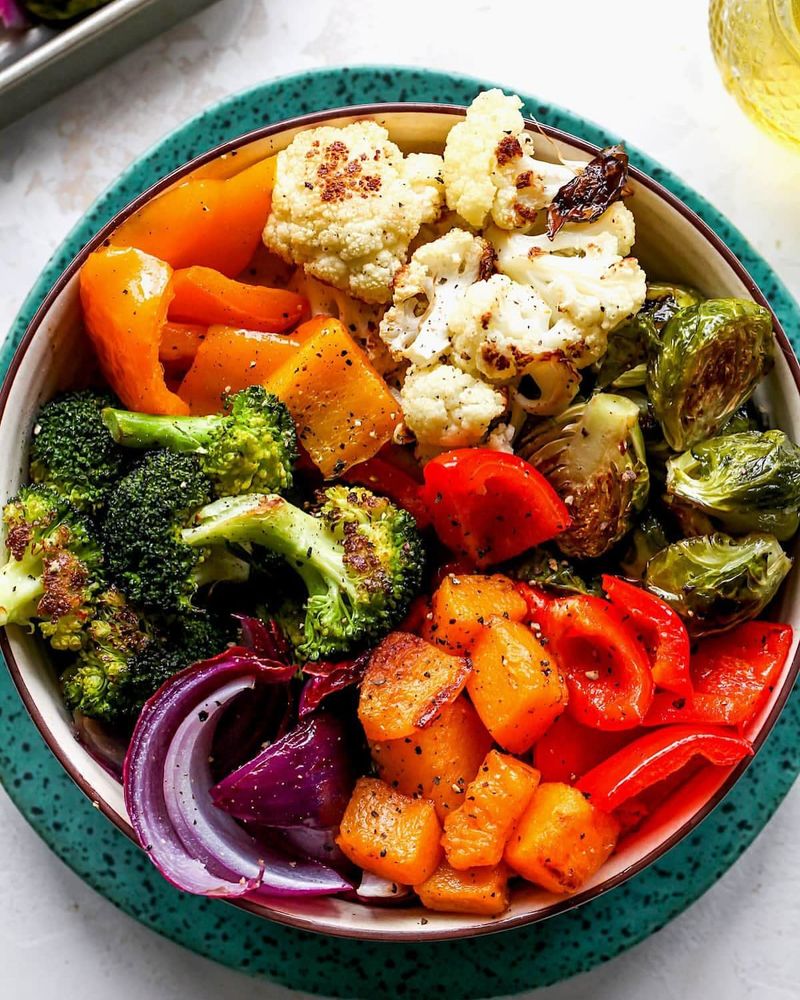
Roasting vegetables transforms their natural flavors, but timing is crucial. Cut vegetables into similar sizes for even cooking. Toss in olive oil, salt, and pepper. Use a preheated oven set to high heat. Spread them in a single layer on a baking sheet. Stir halfway through to achieve uniform browning. Overcooking can lead to a mushy texture, so check readiness with a fork.
This method retains nutrients and enhances flavors, making vegetables a delectable part of any meal. Properly roasted vegetables are a colorful and tasty addition to your table.
10. Grilled Cheese Sandwich
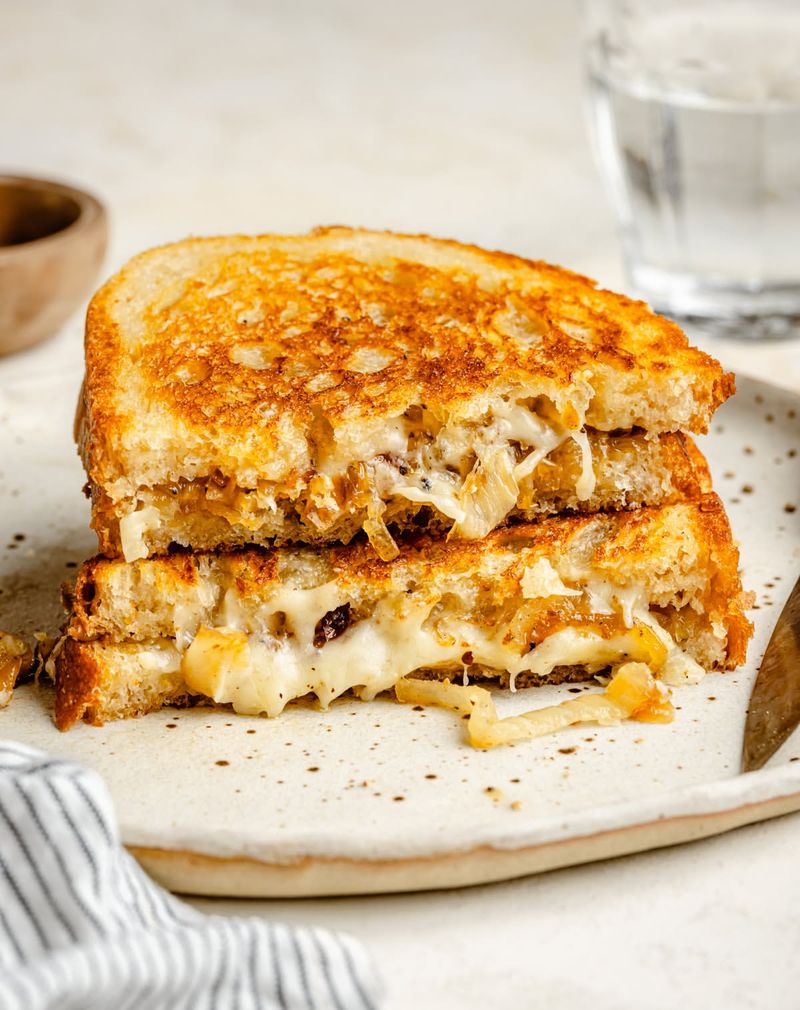
The secret to a perfect grilled cheese is in the details. Use thick slices of bread and quality cheese. Butter the outer sides of the bread for a crisp finish. Preheat your skillet to medium-low heat. Place the sandwich in the pan, pressing slightly. Cook slowly for even browning and cheese melting. Flip carefully to avoid losing the gooey interior.
Patience pays off with a golden crust and melted center. This classic comfort food, with the right technique, becomes an irresistible treat, appreciated by kids and adults alike.
11. Quinoa
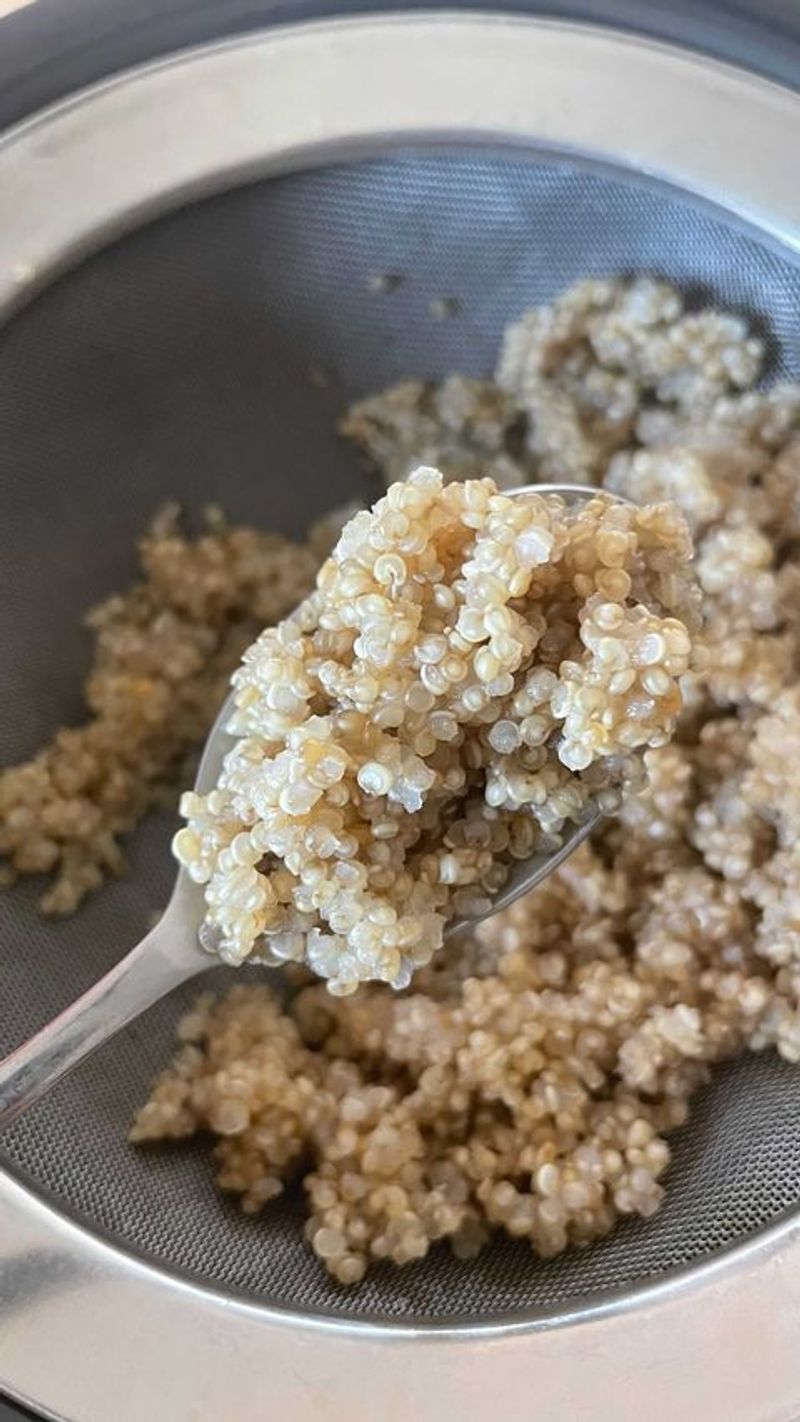
Cooking quinoa correctly can be transformative. Start by rinsing it thoroughly to remove bitterness. Use a 2:1 water-to-quinoa ratio. Bring to a boil, then simmer covered for about 15 minutes. Once the water is absorbed, remove from heat and let sit covered for 5 minutes. Fluff with a fork to separate the grains. This method ensures a light, fluffy texture and enhances its nutty flavor. Quinoa’s versatility makes it a great addition to salads, bowls, or as a side.
12. Pork Chops
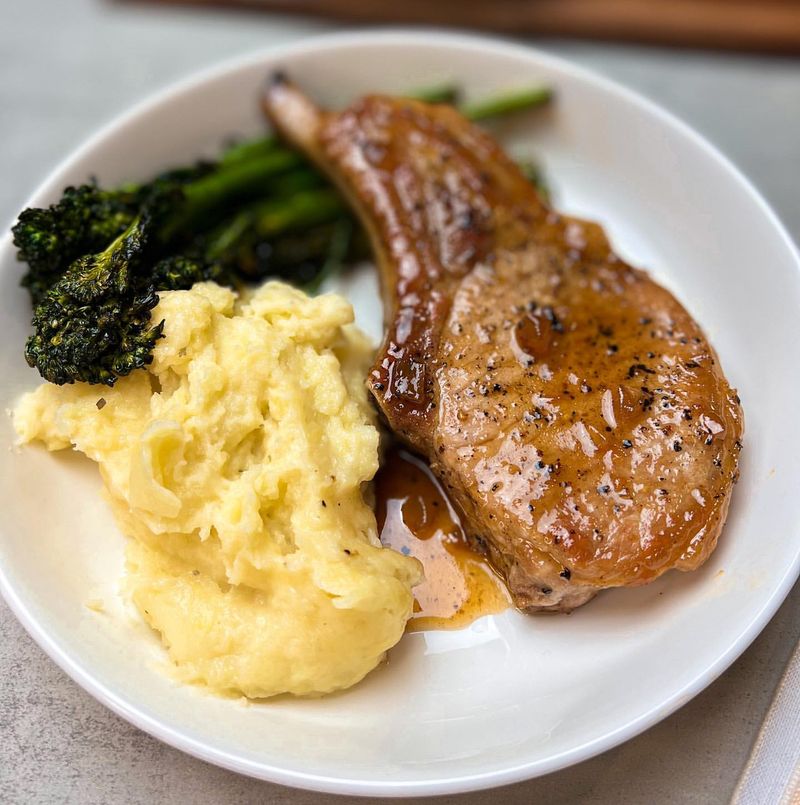
Pork chops can easily turn out dry without the right approach. Allow them to reach room temperature before cooking, then season well with salt and pepper. Sear in a hot, oiled skillet to develop a flavorful crust, then flip and lower the heat, cooking until they reach an internal temperature of 145°F.
Resting them before serving locks in moisture for a juicy, tender bite. Pair with apple compote or mustard sauce for extra depth. This technique transforms pork chops into a standout dish every time.
13. Brown Rice
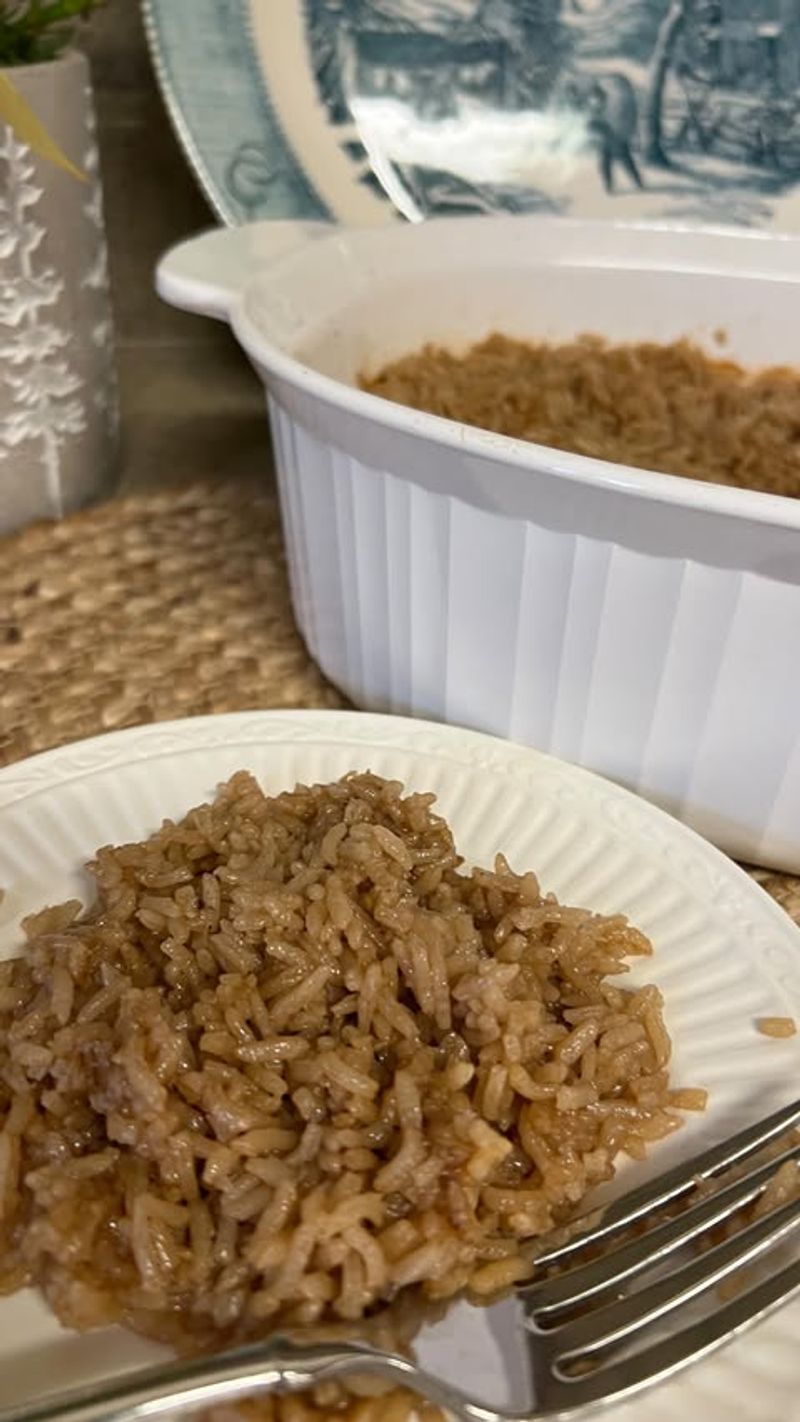
Nutritious and flavorful, brown rice can be tricky to perfect. Start by rinsing to remove excess starch, then use a 2.5:1 water-to-rice ratio. Bring to a boil, then cover and simmer for about 45 minutes without lifting the lid. Let it rest off heat for 10 minutes before fluffing with a fork.
This method yields tender, chewy grains that stay separate. With its nutty flavor, brown rice pairs well with countless dishes, making it a wholesome and satisfying staple when cooked correctly.
14. Tofu
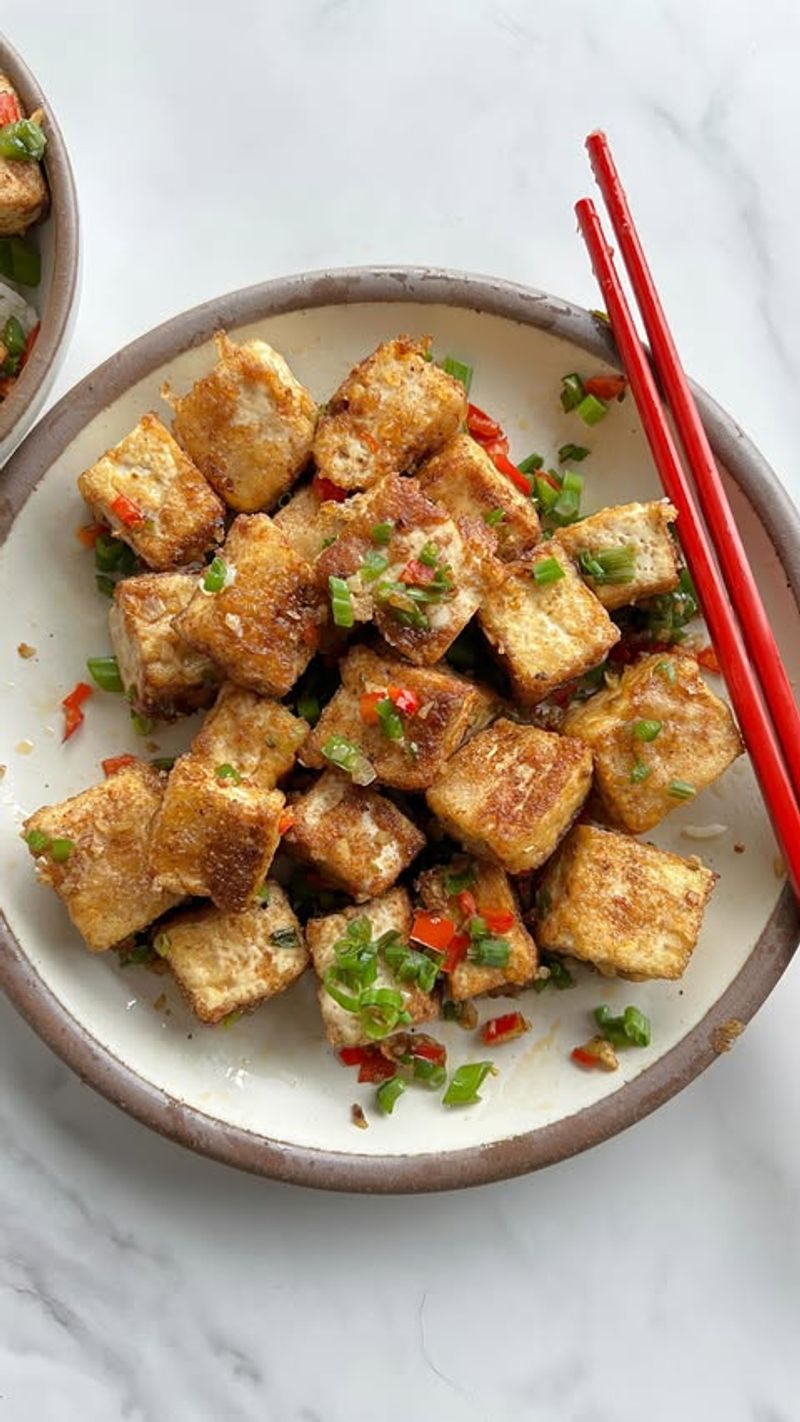
Tofu is versatile but can be bland if not prepared correctly. Start by pressing it to remove excess moisture. Cut into cubes and marinate with soy sauce and spices for flavor. Use a hot skillet with oil to fry until golden and crispy on the outside. Avoid crowding the pan to ensure even cooking. This method creates a delightful contrast of textures. Serve with a dipping sauce or incorporate into stir-fries. With a little care, tofu transforms into a delicious and satisfying protein source that can complement various dishes.
15. Brussels Sprouts
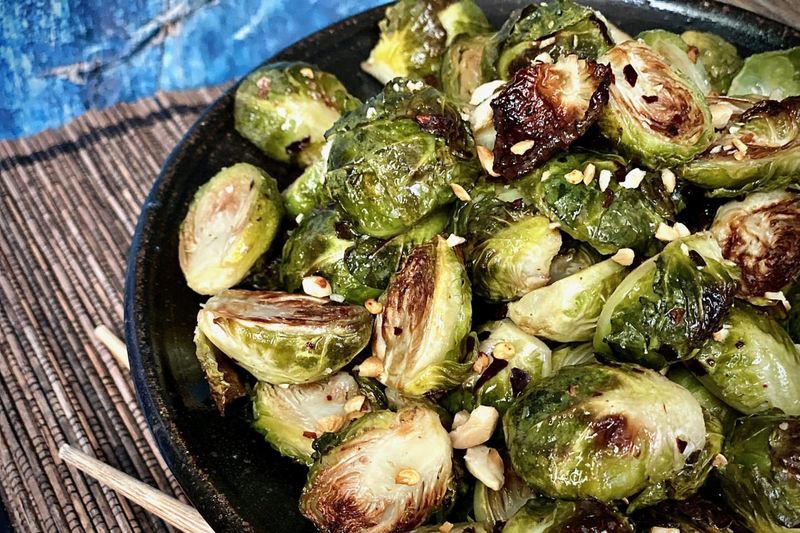
Often dismissed due to poor preparation, Brussels sprouts shine when cooked correctly. Halve them for even roasting, then toss with olive oil, salt, and pepper. Roast in a hot oven until crispy, stirring occasionally to prevent burning. Avoid overcooking to prevent bitterness—aim for a caramelized exterior and tender center. Enhance flavor with balsamic glaze or crispy bacon.
When properly prepared, Brussels sprouts reveal a nutty sweetness that can win over even the most reluctant eater, making them a standout side for any meal.
16. Risotto
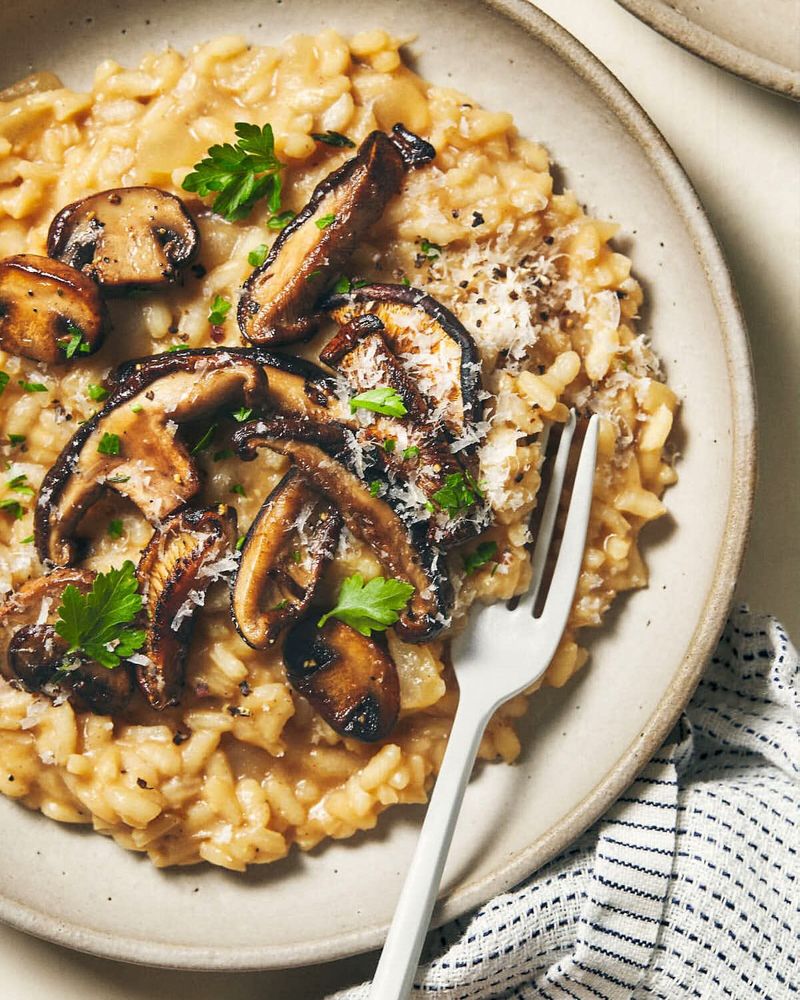
Patience and technique are key to perfect risotto. Start with arborio rice for its creamy texture, sautéing onions in butter before toasting the rice briefly. Gradually add warm broth, stirring constantly to release starch and develop richness. Cook slowly until al dente, then finish with parmesan and fresh herbs. Serve immediately for the best texture. The secret lies in the steady stirring and gradual liquid addition, resulting in a luxurious, comforting dish that highlights the beauty of simple ingredients.
17. Shrimp
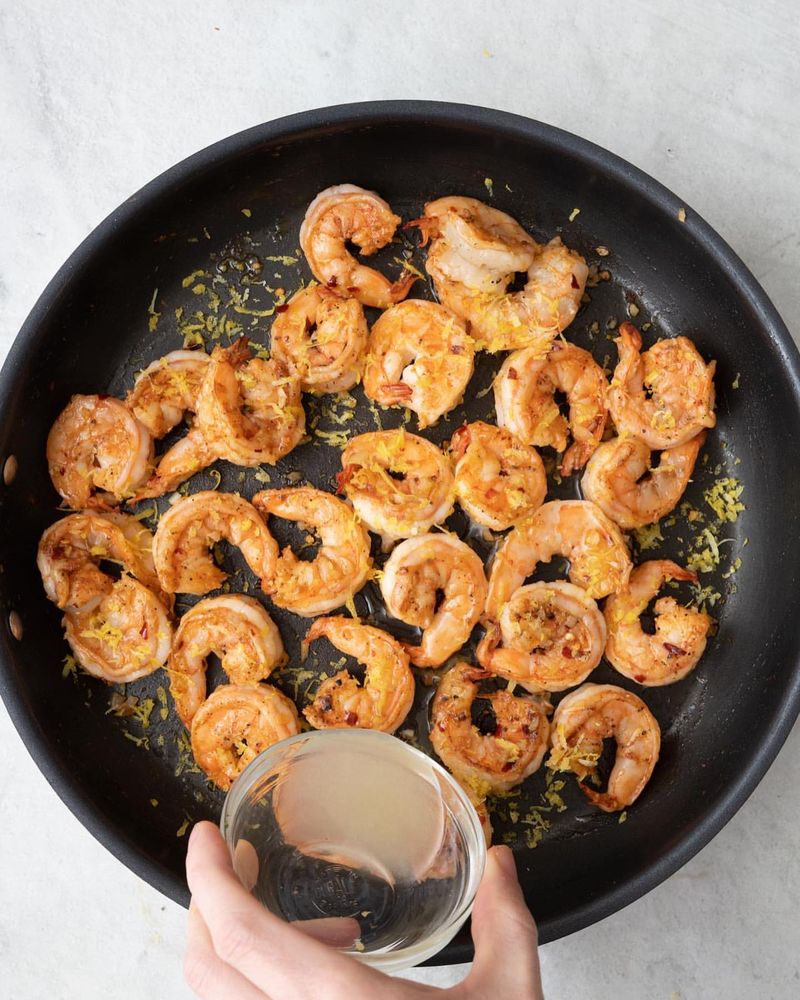
Cooking shrimp can be quick, but timing is crucial to avoid rubbery results. Use fresh or thawed shrimp, pat them dry, and season. Heat oil in a skillet over medium-high heat. Cook shrimp for about 2-3 minutes per side, until pink and opaque. Overcooking makes them chewy, so remove promptly when done. Serve with lemon or garlic butter. Properly cooked shrimp are tender and juicy, making them an excellent addition to pasta, salads, or on their own. With this method, you’ll achieve delightful shrimp every time.
18. Oatmeal
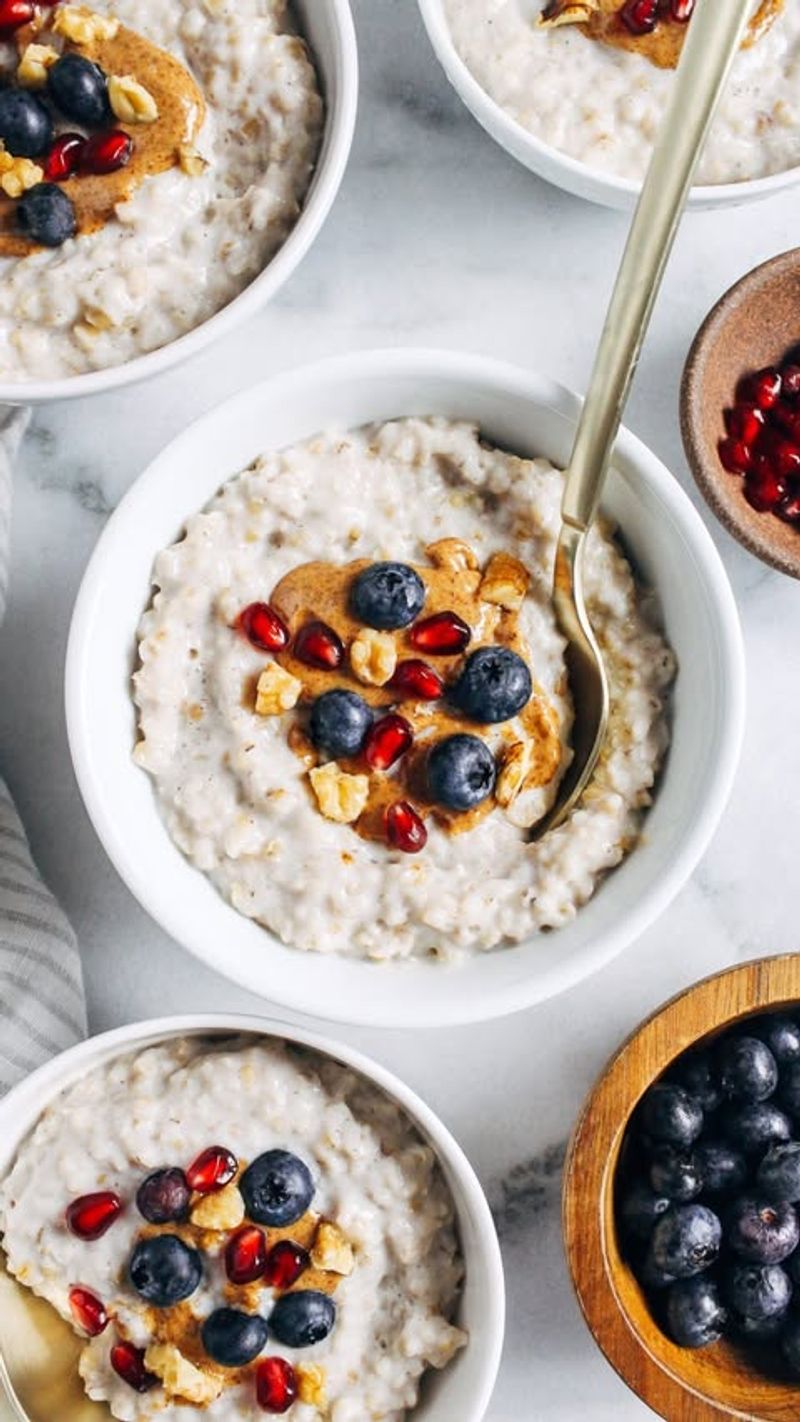
Oatmeal can be a comforting breakfast, but texture is key. Use rolled oats for creaminess. Bring water or milk to a boil, then add oats. Cook on low, stirring occasionally, for about 10 minutes. This prevents clumping and sticking. Finish with a pinch of salt and your choice of sweeteners or toppings. Overcooked oats become gluey, so aim for a soft but separate consistency. This method results in a warming, hearty meal that can be customized endlessly, making breakfast a nourishing and enjoyable start to your day.
19. Burger
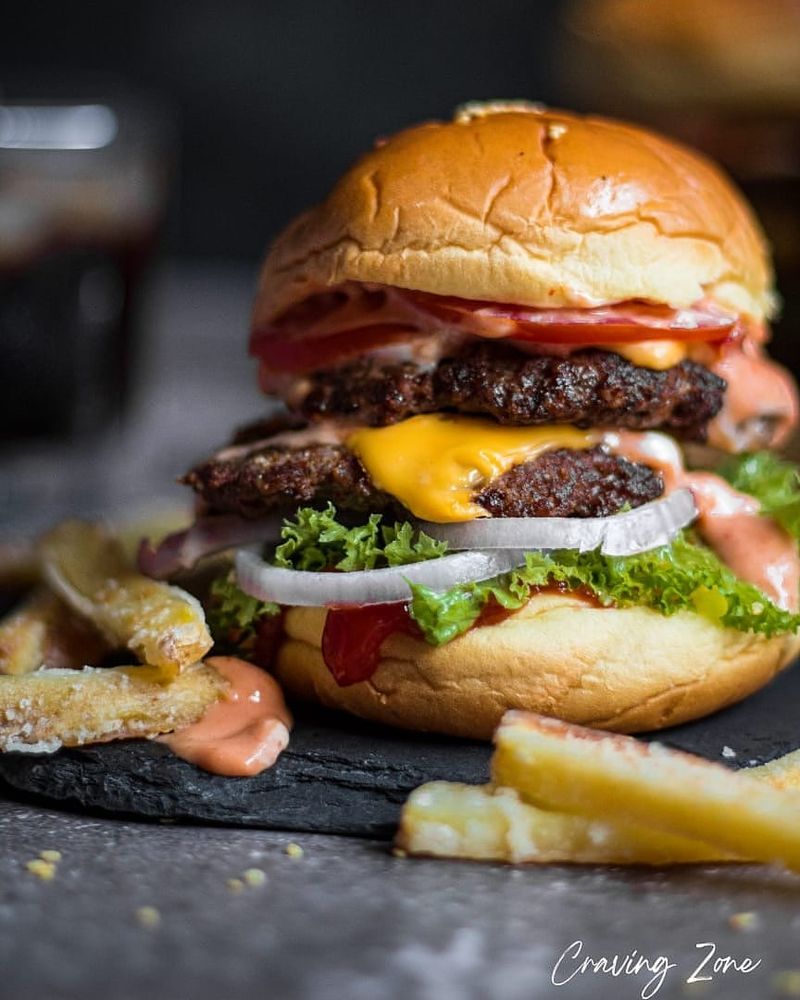
Crafting the perfect burger involves more than grilling patties. Start with quality beef, around 80/20 fat ratio, for juiciness. Form into loosely packed patties. Season just before cooking. Use a hot grill or pan, cooking for about 3-4 minutes per side for medium-rare.
Avoid pressing down to retain juices. Rest before assembling with fresh toppings. This method ensures a juicy burger with a perfect sear. Burgers made with care and attention to detail become a culinary delight, far surpassing fast-food offerings and making them a backyard favorite.
20. French Fries
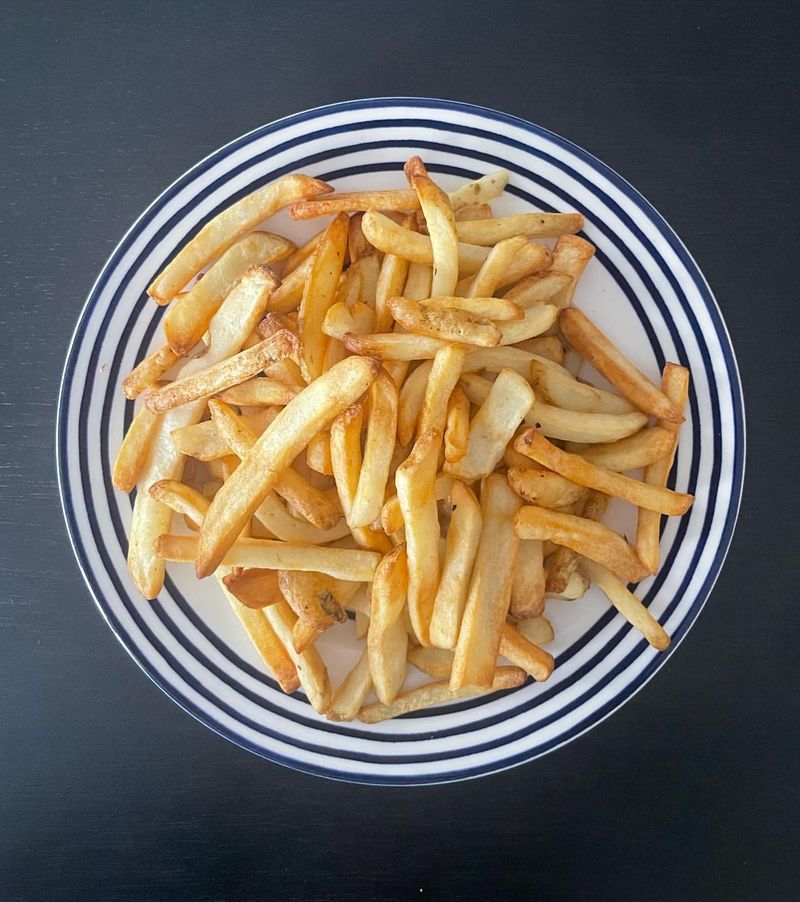
Crispy, golden French fries can be tricky to perfect at home. Start by soaking cut potatoes in cold water to remove excess starch. Fry them twice—first at a lower temperature to cook through, then at a higher heat for a crisp exterior. Season immediately after frying for the best flavor. This method ensures fries that are crunchy on the outside and fluffy inside.
Whether as a side or snack, homemade fries can rival any diner’s, delivering pure satisfaction in every bite.
Leave a comment